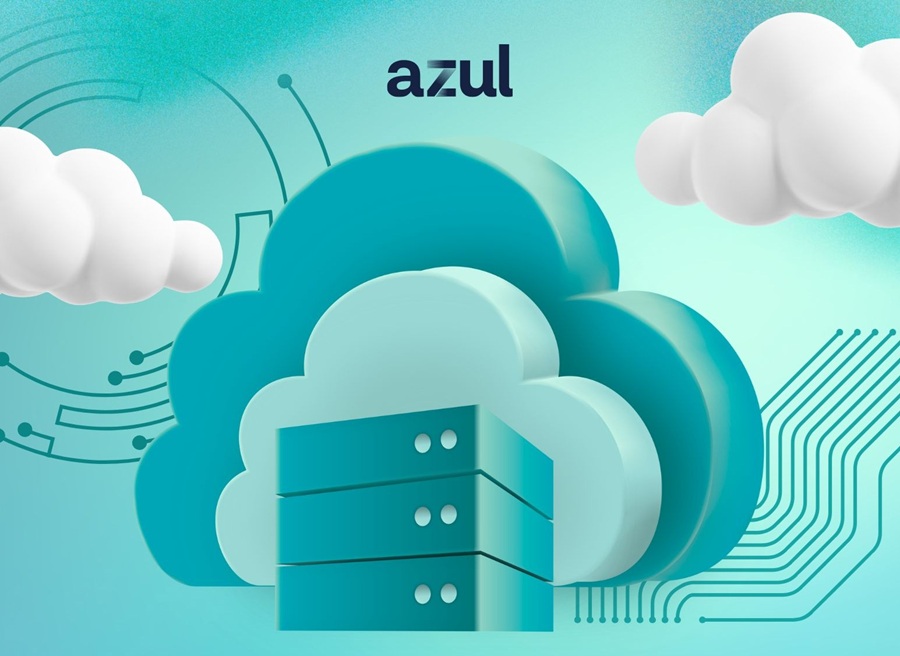Verizon took first place for Overall Customer Experience, while O2 (UK), Optus (AUS) and Vodafone (UK) rounded out the top tier of the inaugural Keynote Customer Experience Rankings for International Mobile Operator Sites.
The study revealed that when tested by actual customers Verizon's website performed significantly better than all other sites in the study for Customer Satisfaction.
Other key findings include:
- Research Product Satisfaction is the most important aspect of the customer experience, predicting brand perceptions and loyalty
- Help and Support, View Bill and Usage Satisfaction, Ease of Purchase Process, Product Offerings, Site Organization, Search Satisfaction, and Site Performance are also key drivers for brand and loyalty.
"When it came to shopping for products, the sites that made it as easy as possible to search for, locate and compare mobile product offerings online generated the highest brand affinity and purchase likelihood," said Chris Musto, general manager of the Keynote Competitive Research group at Keynote.
"The ability to research and learn about product offerings through clear, helpful product descriptions accompanied by high resolution images and supported by online chat functionality, predicted success both from the customers point of view and from the mobile operators perspective, whether in Australia, Europe, Japan or the United States."
The study is part of the work performed by Keynote Competitive Research, the competitive research group within Keynote. Winners of Keynote Competitive Research studies are invited to participate in the company's Online Excellence Program which recognizes the "best of the best" websites as ranked in the studies. The rankings are based on responses from real users, who were observed as they accomplished tasks on each of the sites studied, as well as real data collected through Keynote website monitoring to assess the technical quality of the sites. For each study, Keynote recognizes the companies with the overall top ranking, as well as those exhibiting excellence in specific categories.
For the Customer Experience portion of the study, Keynote observed and conducted online interviews with more than 2,107 mobile customers as each interacted with the website of one of 11 leading international mobile operators: AT&T (US), Au (JP), NTT DOCOMO (JP), Optus (AUS), Orange (FR), O2 (UK), SFR (FR), Telia Sonera (SE), Telstra (AUS), Verizon Wireless (US), and Vodafone (UK). Participants were asked to evaluate the company with which they have mobile service and an online account.
The Latest
As enterprises accelerate their cloud adoption strategies, CIOs are routinely exceeding their cloud budgets — a concern that's about to face additional pressure from an unexpected direction: uncertainty over semiconductor tariffs. The CIO Cloud Trends Survey & Report from Azul reveals the extent continued cloud investment despite cost overruns, and how organizations are attempting to bring spending under control ...

According to Auvik's 2025 IT Trends Report, 60% of IT professionals feel at least moderately burned out on the job, with 43% stating that their workload is contributing to work stress. At the same time, many IT professionals are naming AI and machine learning as key areas they'd most like to upskill ...
Businesses that face downtime or outages risk financial and reputational damage, as well as reducing partner, shareholder, and customer trust. One of the major challenges that enterprises face is implementing a robust business continuity plan. What's the solution? The answer may lie in disaster recovery tactics such as truly immutable storage and regular disaster recovery testing ...
IT spending is expected to jump nearly 10% in 2025, and organizations are now facing pressure to manage costs without slowing down critical functions like observability. To meet the challenge, leaders are turning to smarter, more cost effective business strategies. Enter stage right: OpenTelemetry, the missing piece of the puzzle that is no longer just an option but rather a strategic advantage ...
Amidst the threat of cyberhacks and data breaches, companies install several security measures to keep their business safely afloat. These measures aim to protect businesses, employees, and crucial data. Yet, employees perceive them as burdensome. Frustrated with complex logins, slow access, and constant security checks, workers decide to completely bypass all security set-ups ...

In MEAN TIME TO INSIGHT Episode 13, Shamus McGillicuddy, VP of Research, Network Infrastructure and Operations, at EMA discusses hybrid multi-cloud networking strategy ...
In high-traffic environments, the sheer volume and unpredictable nature of network incidents can quickly overwhelm even the most skilled teams, hindering their ability to react swiftly and effectively, potentially impacting service availability and overall business performance. This is where closed-loop remediation comes into the picture: an IT management concept designed to address the escalating complexity of modern networks ...
In 2025, enterprise workflows are undergoing a seismic shift. Propelled by breakthroughs in generative AI (GenAI), large language models (LLMs), and natural language processing (NLP), a new paradigm is emerging — agentic AI. This technology is not just automating tasks; it's reimagining how organizations make decisions, engage customers, and operate at scale ...
In the early days of the cloud revolution, business leaders perceived cloud services as a means of sidelining IT organizations. IT was too slow, too expensive, or incapable of supporting new technologies. With a team of developers, line of business managers could deploy new applications and services in the cloud. IT has been fighting to retake control ever since. Today, IT is back in the driver's seat, according to new research by Enterprise Management Associates (EMA) ...
In today's fast-paced and increasingly complex network environments, Network Operations Centers (NOCs) are the backbone of ensuring continuous uptime, smooth service delivery, and rapid issue resolution. However, the challenges faced by NOC teams are only growing. In a recent study, 78% state network complexity has grown significantly over the last few years while 84% regularly learn about network issues from users. It is imperative we adopt a new approach to managing today's network experiences ...

